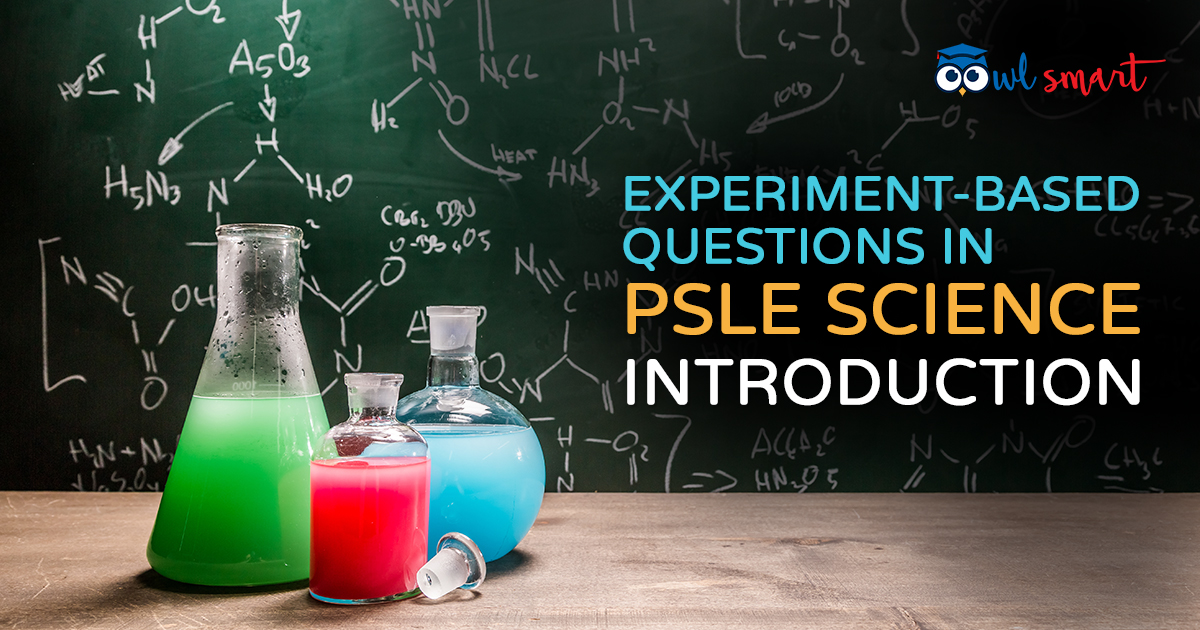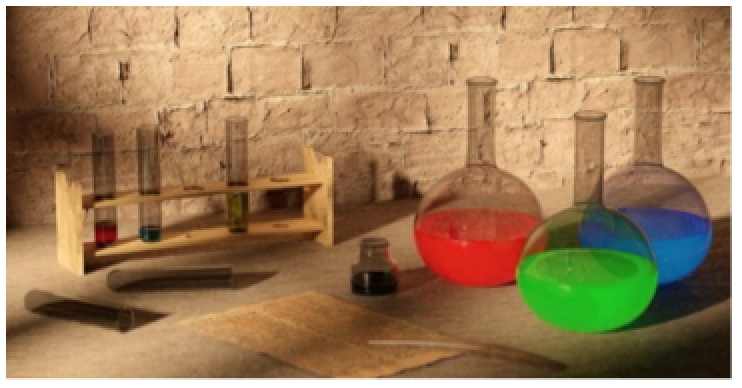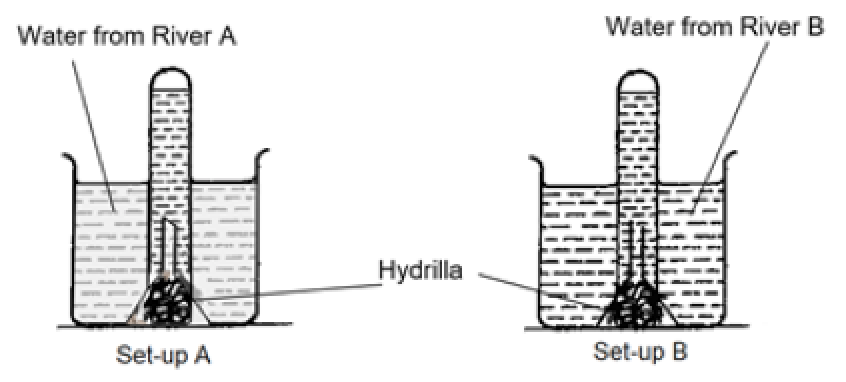How to Score for Experiment-based Questions in PSLE Science (Part 1 – Introduction)

Experiment-based questions are frequently tested in schools’ Science exam papers or PSLE Science paper. It is definitely a big advantage if you know what this category of questions usually tests on.
Experiment-based questions usually revolve around the few points stated below:
-
Aim – What is the aim of the experiment?
-
Relationship – What is the relationship between 2 variables?
-
Conclusion – What can be concluded based on the experiment?
-
Fair Test – How do we ensure a fair test?
-
Reliability – How to ensure that results of experiment are reliable? Why do we need to repeat experiment? How many times do we need to repeat it?
-
Control Set-up – What is the purpose of the control set-up and how to draw it?
-
Procedure in carrying out an experiment – Explain how an experiment can be carried out to find the conclusion of the experiment/ achieve the aim of experiment.
 |
Answering experiment-based questions |
1) Always identify the 3 different types of variables in an experiment-based question
-
Independent variable – The only variable that changed in the experiment.
-
Dependent variable – The measured variable that changed according to the independent variable.
-
Control variables – All other variables that must be kept the same in the experiment to maintain a fair test.
2) Always identify the aim of an experiment
-
In every experiment, only one variable can be changed (independent variable). The aim of an experiment is linked to the independent and dependent variables.
A typical aim of an experiment can be phrased like this – To find out if/how A (independent variable) would affect B (dependent variable).
-
To state the relationship between variables in an experiment or to give a conclusion for the result of an experiment, always state the cause followed by the effect.
For example, “The clearer the water is (cause), the faster the hydrilla plant can photosynthesize (effect).”
-
An example of a typical experiment-based question:
Mary wanted to find out how the clarity of water would affect the rate of photosynthesis of hydrilla. She took water sample from River A and River B. Water from River A is polluted while water from River B is not. She placed both set-ups near a window.

Mary observed the number of bubbles produced in both set-ups and recorded her results in the table below.
| Number of bubbles produced | ||
| Time (min) | Set-up A | Set-up B |
| 2 | 3 | 7 |
| 4 | 5 | 10 |
| 6 | 6 | 15 |
| 8 | 8 | 18 |
Based on the information given in the question stem, we can determine the following:
-
Aim of experiment → To find out how the clarity of water (independent variable) would affect the rate of photosynthesis of the hydrilla (dependent variable).
-
Independent variable → Clarity of water
-
Dependent variable → Rate of photosynthesis of hydrilla (can compare by observing number of oxygen bubbles produced)
-
Control variables → All other variables that must be kept the same like amount of hydrilla, height of water level in the test-tube at first, amount of sunlight available to both set-ups, size of beakers, type of plant, etc.
-
Relationship between dependent and independent variable / Conclusion of experiment →The clearer the water is, the faster the rate of photosynthesis in the hydrilla.
About the Author
Teacher Zen has over a decade of experience in teaching upper primary Math and Science in local schools. He has a post-graduate diploma in education from NIE and has a wealth of experience in marking PSLE Science and Math papers. When not teaching or working on OwlSmart, he enjoys watching soccer and supports Liverpool football team.



